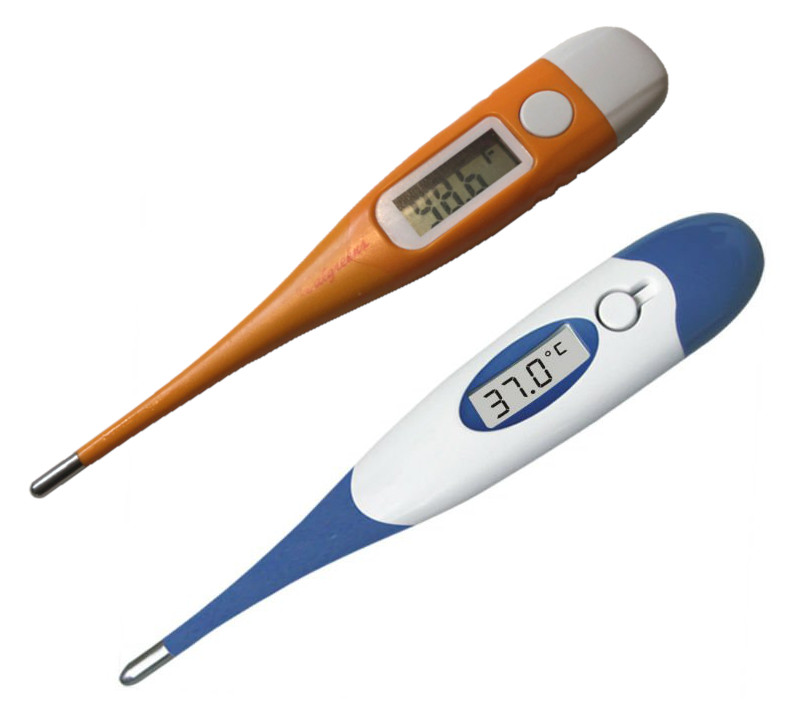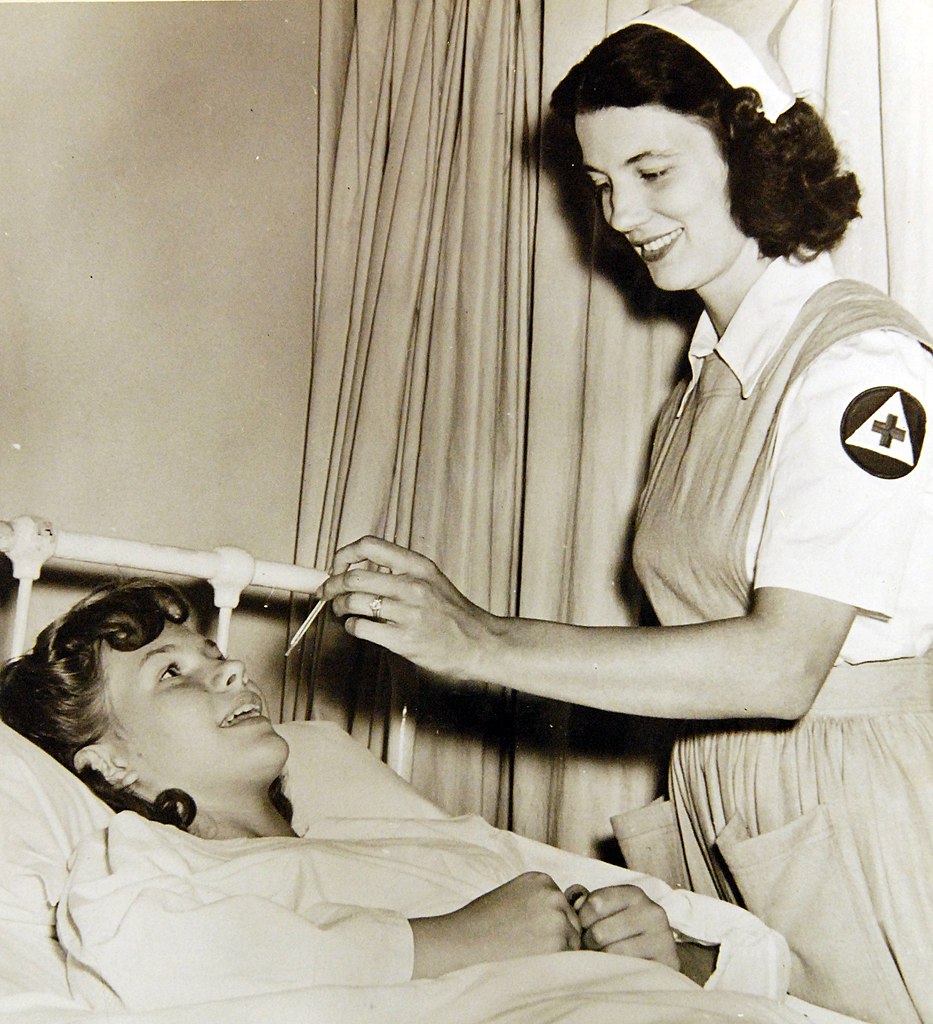When you visit the doctor, the doctor usually checks to see if your temperature is “normal”. Now, new research suggests that the “normal” temperature of humans has been dropping over the last 200 years.
Human beings are warm-blooded animals. Unlike reptiles, which take on the temperature of the world around them, human bodies work hard to stay at the same temperature.

(Source: Jim Holmes/AusAID [CC BY], via Wikimedia Commons.)
Our bodies make heat from the food we eat. We also have many other tricks to keeping our temperatures constant. Sweating when we’re hot or getting goose bumps when we’re cold are examples of ways our bodies work to keep an even temperature.
Though human temperatures can all be a little different, most doctors consider 98.6° Fahrenheit (F) (37° Celsius (C)) to be normal.

(Source: Ildar Sagdejev (Specious) [CC BY-SA], via Wikimedia Commons.)
That’s been true since 1851, when a German doctor called Carl Reinhold August Wunderlich studied 25,000 patients. His results showed an average human body temperature of 98.6°F (37°C) – the temperatures we still use today.
But over time, other scientists studying body temperatures have gotten results with lower average temperatures.

(Source: Based on work by ლაშა მიქელაძე [CC BY-SA], via Wikimedia Commons.)
For example, a 1992 study found an average temperature of 98.2°F (36.8°C). In 2017, scientists looked at the temperatures of 35,000 patients in Britain and found their temperatures were 97.9°F (36.6°C) on average.
Many people believed that the differences were because of mistakes in the earlier measurements. Some people thought older thermometers weren’t as accurate or that the temperatures might have been measured in different ways.

(Source: Erika N. Jones/U.S. Navy [Public domain], via Wikimedia Commons.)
Now a new group of researchers have looked at 677,423 records going back as far as 1862. The study, published in eLife, used records from over 150 years and included people born in nearly 200 different birth years.
Their research shows that, on average, men born in the early 1800s had body temperatures that were 1.06°F (0.59°C) higher than men today. For women, the records only went back to the 1890s. On average, women’s temperatures have dropped by 0.57°F (0.32°C) since then.

(Source: U.S. Navy National Museum [Public domain], via Wikimedia Commons.)
On average, human body temperature seems to have been dropping 0.05°F (0.03°C) every 10 years.
The obvious question is, “Why?” Catherine Ley, one of the researchers, says clearly, “We don’t know.” Still, the scientists do have a few possible explanations.
One explanation could be simply that humans have become healthier over time. Science and medicines have gotten better, and doctors have found many ways to improve the health of their patients. Healthy people generally have lower temperatures than people fighting illness or pain.

(Source: ThermostatInfo [CC BY-SA], via Wikimedia Commons.)
The scientists also say it’s possible that things like heating and air-conditioning mean that humans don’t have to work so hard to control their body heat, and can run at a lower temperature.
It’s important to remember that this story is about averages. In the real world, different people have different temperatures. Even the same, healthy person can have different temperatures depending upon the time of day, the time of year, or what they are doing.
But no matter what your temperature is today, it probably would’ve been higher if you had lived 200 years ago – and that’s pretty cool.
